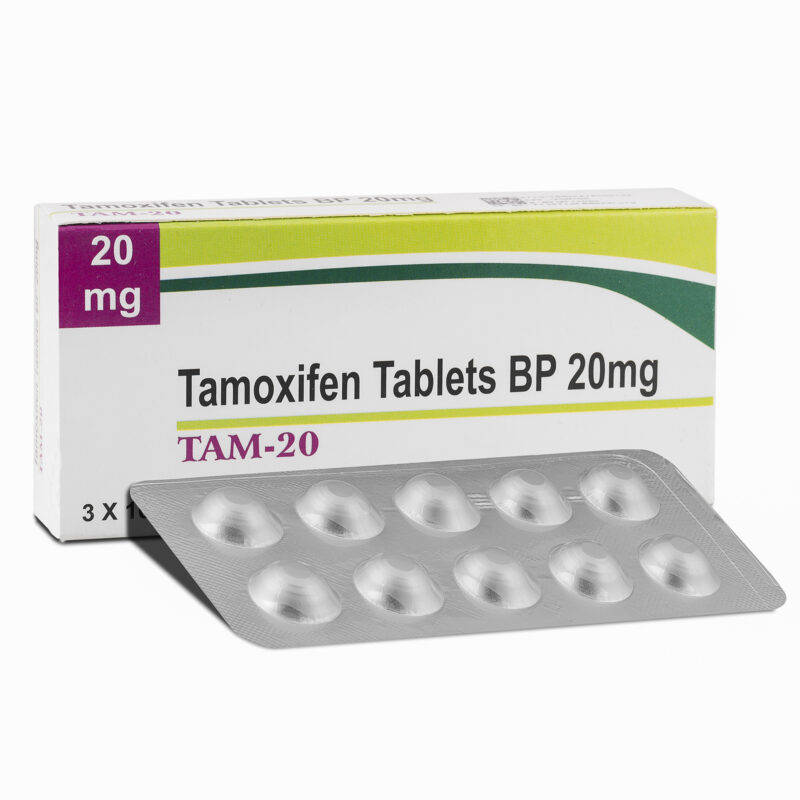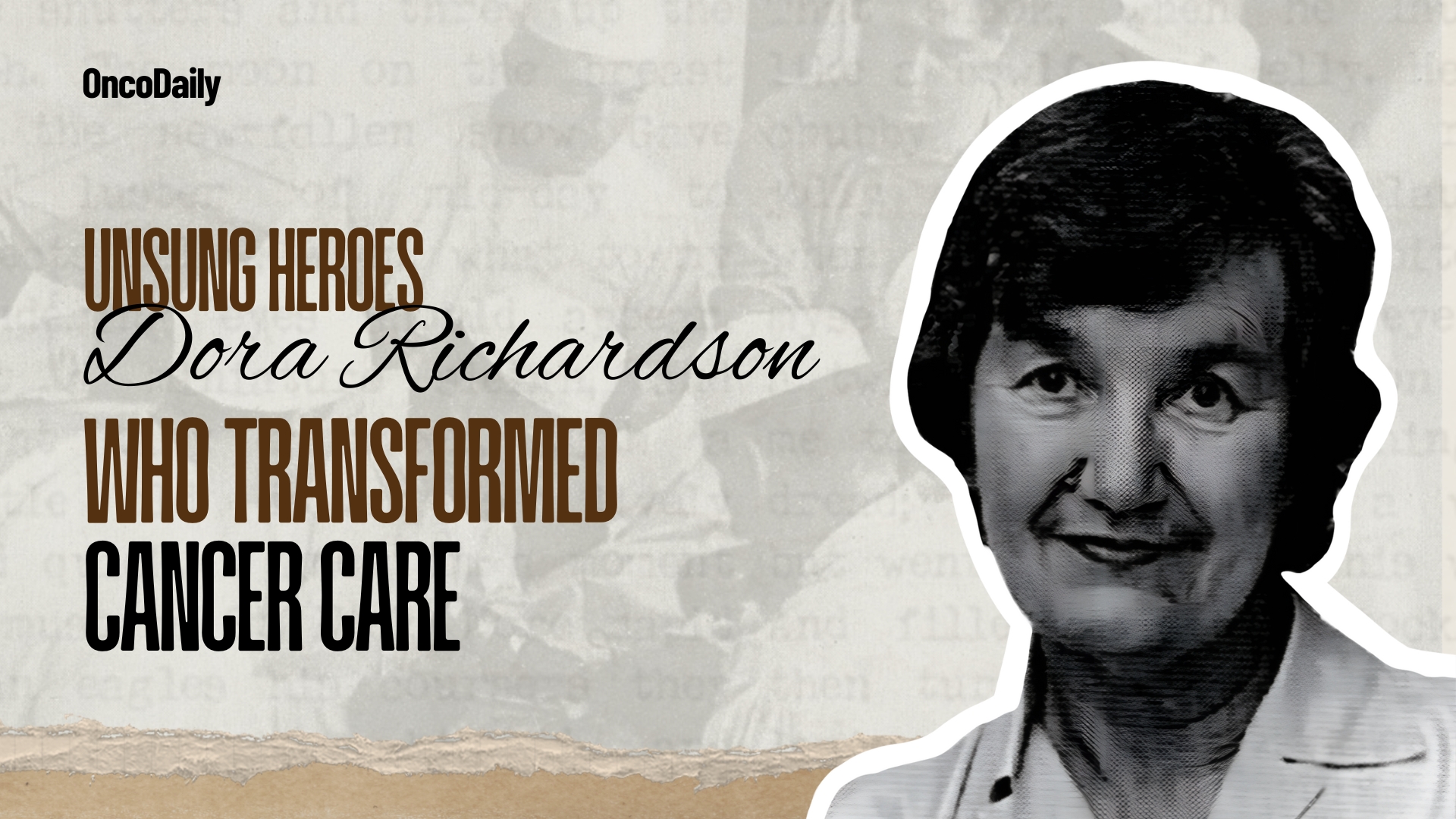The Forgotten Developer of Tamoxifen: A Lifesaving Breast Cancer Therapy

Tamoxifen, one of the most vital drugs in the fight against breast cancer, has saved hundreds of thousands of lives since it was introduced in the 1970s. But for decades, the pivotal role of chemist Dora Richardson in its development was largely forgotten.

In the early 1960s, Richardson, then a chemist working for Imperial Chemical Industries (ICI), synthesized a compound that would go on to revolutionize cancer treatment: tamoxifen.
Originally intended as a fertility drug, the compound, known as ICI 46,474, was found to have remarkable potential for treating hormone-sensitive breast cancer.
Though Richardson’s name appears on the 1965 patent, her contributions remained overshadowed for years.
Born in 1919, Richardson’s passion for chemistry was sparked during childhood when she visited her grandmother in a hospital and witnessed scientists at work.
Despite the restricted opportunities for women in science during that era, Dora Richardson persisted.
She earned her Bachelor of Science in Chemistry from University College London (UCL) in 1941 and a PhD in 1953, focusing on organic chemistry. After joining ICI in 1943, she worked her way up to become a key member of the company’s Fertility Division in the 1960s.
It was there that she and her colleague, Arthur Walpole, began experimenting with the triphenylethylene class of compounds, which would ultimately lead to the creation of tamoxifen.
Initial trials of tamoxifen as a breast cancer treatment showed promise, but ICI executives at the time were unconvinced of its commercial viability.
As a result, the company halted further research. However, Richardson and Walpole believed in the potential of the drug, and they continued their work in secret.
In 1973, tamoxifen was officially launched as a breast cancer therapy in the UK, and it quickly became a cornerstone of cancer treatment worldwide.
The drug not only helped patients survive breast cancer but also improved their quality of life, reducing the risk of recurrence and increasing overall survival rates.
Despite its success, Richardson’s name did not receive the recognition it deserved. Her contributions were overshadowed by a broader, male-dominated scientific community.
In 1988, Dora Richardson published an article detailing the history of tamoxifen’s development, and in the years since, there has been growing acknowledgment of her crucial role in its creation.
Though her work changed the lives of millions, Richardson passed away in 1998 without seeing the full extent of the legacy she left behind.
Dora Richardson’s story serves as a reminder of the countless women who have made transformative contributions to science, often without the recognition they deserve.
It’s time that the legacy of the woman behind tamoxifen—the drug that continues to save lives—was finally remembered and celebrated.
